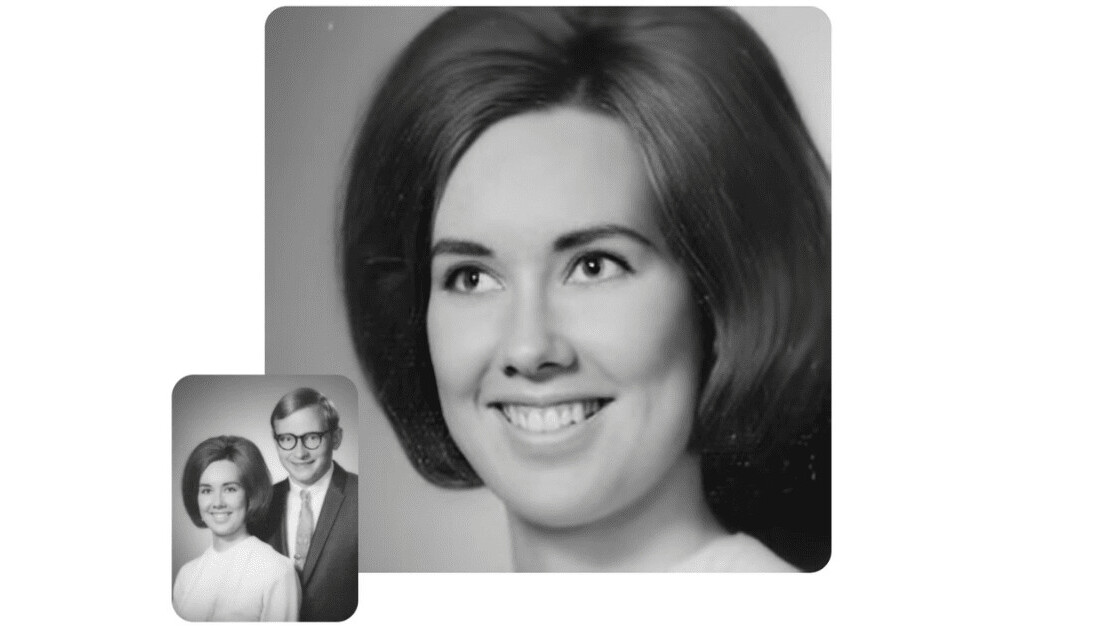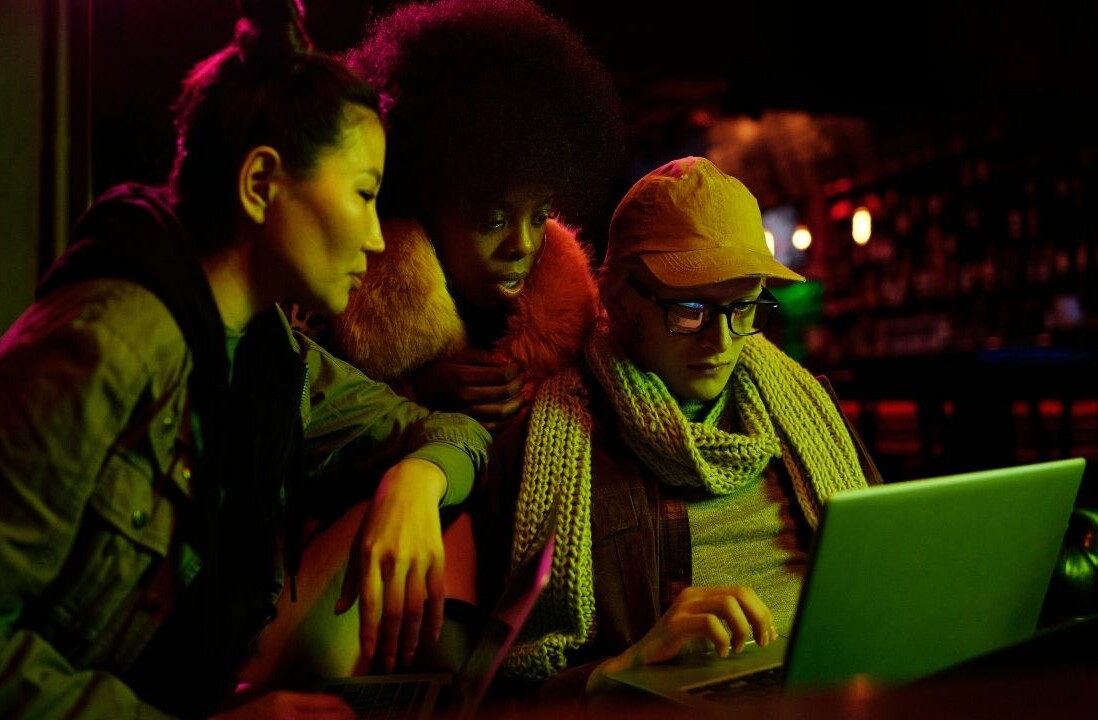
Genealogy site MyHeritage has unveiled a new AI tool that turns photos of deceased relatives into creepy videos.
The DeepNostalgia feature is powered by tech developed by Israeli tech firm D-ID. MyHeritage says it uses several drivers to animate the faces:
Each driver is a video consisting of a fixed sequence of movements and gestures. Deep Nostalgia can very accurately apply the drivers to a face in your still photo, creating a short video that you can share with your friends and family. The driver guides the movements in the animation so you can see your ancestors smile, blink, and turn their heads.
With our new Deep Nostalgia™, you can see how a person from an old photo could have moved and looked if they were captured on video! Read more: https://t.co/ZwUwzJRQ26 #RootsTech #RootsTechConnect pic.twitter.com/LERXhrqiut
— MyHeritage (@MyHeritage) February 25, 2021
I’d love the chance to speak to my grandparents again. But I’m uncomfortable about digitally resurrecting them without their consent.
[Read: How do you build a pet-friendly gadget? We asked experts and animal owners]
MyHeritage says DeepNostalgia doesn’t generate speech to prevent people from using it to make deepfake videos. But the company did create a voice for a reanimated Abraham Lincoln.
Even if the feature did produce speech for the people in the photos, it wouldn’t be an accurate representation of who they really are. As Neural editor Tristan Greene previously put it:
An AI that imitates them is no more accurate or powerful than just asking someone to do an impersonation: it’s not the real thing no matter how skilled the impersonator is.
Still, I’m not averse to testing the tech out on myself. There’s no one whose company I enjoy more.
However, I was slightly concerned about MyHeritage’s track record of data reaches and incomprehensible contracts. But my curiosity quickly tamed my caution.
After watching the feature turn me into a goggle-eyed monster, I was glad I didn’t send anyone I cared about to the uncanny valley.
Despite my own qualms, digital resurrection is quickly becoming mainstream.
In the last few months alone, Microsoft got a patent for a chatbot that let you talk to the dead, a brewery used a deepfake of a deceased singer in a new ad campaign, and an AI recreation of a Korean popstar performed a ballad on TV.
The tech might not be able to bring the dead back to life, but it could probably make a lot of money from them — and the people who miss them.
Get the TNW newsletter
Get the most important tech news in your inbox each week.




